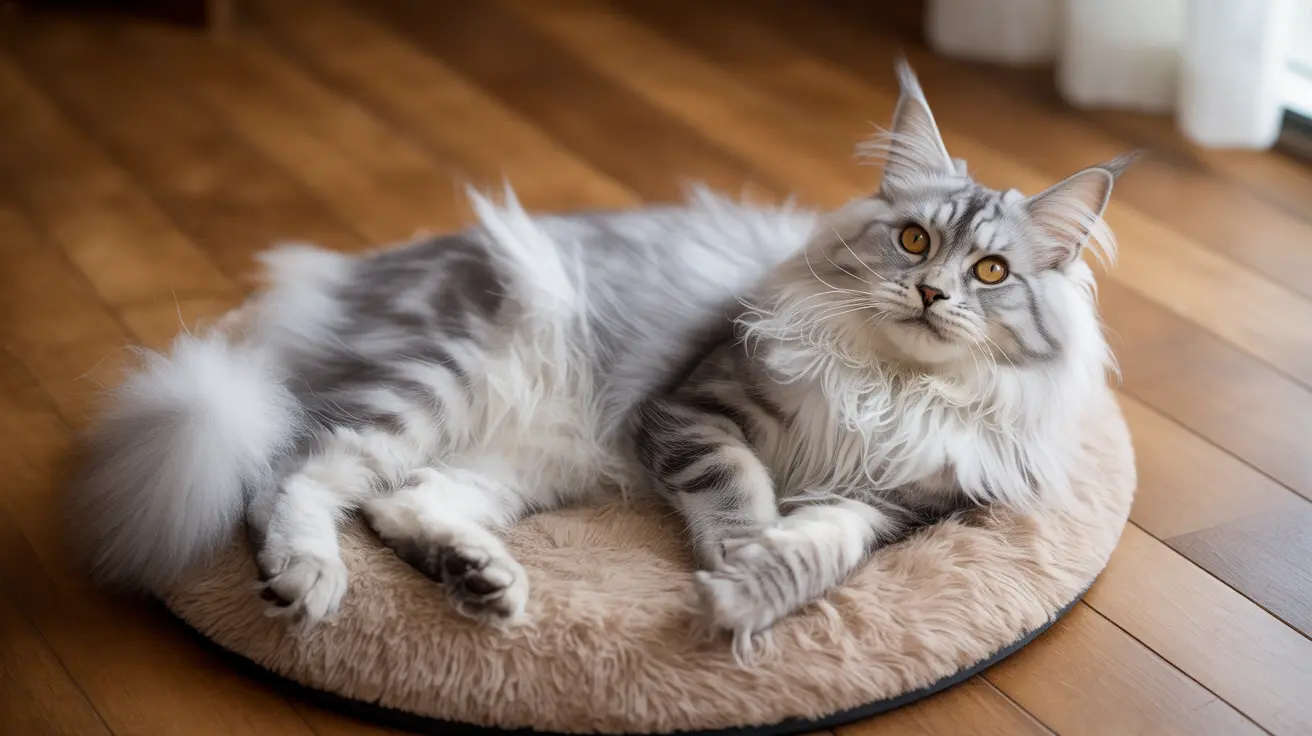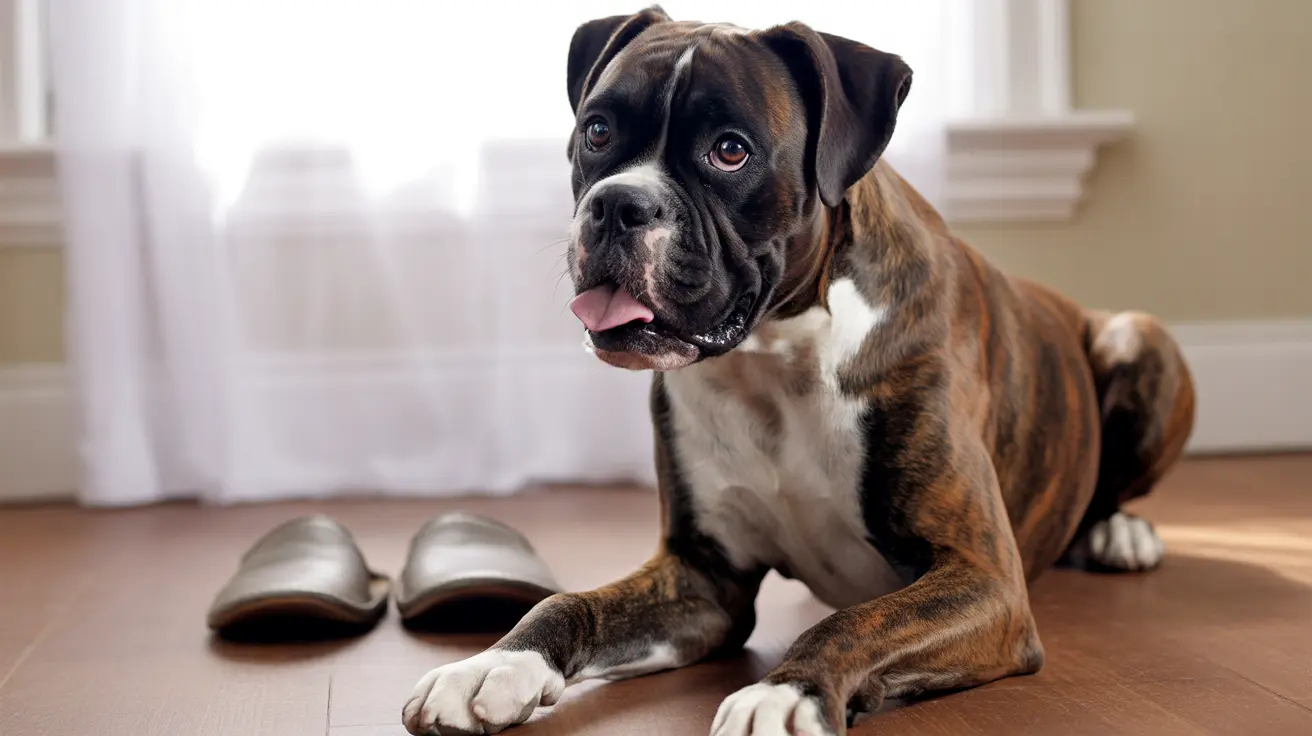Why Is It Called a Sheltie? Understanding the Name and Legacy
The Shetland Sheepdog, affectionately known as the
Sheltie, is one of the most intelligent and loving dog breeds. But have you ever wondered why it bears this particular name? The answer lies in both geography and functionality, defining its heritage and shaping its role as a devoted family companion today.
Origins in the Shetland Islands
The name 'Sheltie' is derived from the breed's native land, the
Shetland Islands, which are located northeast of mainland Scotland. These rugged, windswept islands are known not only for their scenic beauty but also for their tough, resourceful livestock and hardy pony breeds.
- Geographical roots: The term 'Sheltie' directly reflects the breed’s association with the Shetland Islands.
- Functional background: The breed was developed by local farmers to herd and guard sheep and other livestock in the harsh island environment.
A Nickname with Culture
The name 'Sheltie' is a contracted, affectionate nickname for
Shetland Sheepdog. Dog enthusiasts and owners find it both easier to say and symbolic of the breed’s friendly disposition.
- Friendly term: 'Sheltie' rolls off the tongue easily and reflects the breed's endearing qualities.
- Widespread use: The nickname is universally adopted by owner communities, breeders, and even official dog clubs.
Close Relatives and Misconceptions
Shelties are often mistaken for small
Rough Collies, and for good reason—they were partially developed from them. Crossbreeding between Rough Collies and native Shetland dogs helped shape the modern Sheltie.
- Similar appearance: Both breeds feature long double coats, erect ears with folding tips, and intelligent expressions.
- Distinct identity: Shelties were developed as a unique, smaller breed to better manage the small livestock and compact environment of the Shetland Islands.
Physical Characteristics
Shelties display several traits tailored for survival and work in the Shetland Islands:
- Height: About 13–16 inches at the shoulder.
- Weight: Typically between 15–25 pounds.
- Double coat: With a harsh outer layer and soft undercoat for weather resistance.
- Colors: Sable, blue merle, and black, often with tan and white markings.
- Tail and ears: Feathered tails held low or slightly raised; high-set, semi-erect ears with folded tips.
Temperament and Behavior
With an exceptional mix of
intelligence,
loyalty, and
versatility, Shelties are beloved as working dogs and companions:
- Trainability: Eager to learn and responsive to commands.
- Family-friendly: Affectionate and loving, especially with children and familiar pets.
- Watchful nature: Naturally alert and often vocal, ideal for watchdog roles.
Care Requirements
To thrive, Shelties need structured routines and regular attention:
- Exercise: About one hour daily for adults through walks, games, or agility.
- Grooming: Weekly brushing and more frequent care during shedding season.
- Feeding: High-quality dog food served twice daily for adults.
Health Considerations
Though generally healthy, Shelties are predisposed to specific medical conditions:
- Hip dysplasia
- Eye diseases like Collie Eye Anomaly and progressive retinal atrophy
- Dermatomyositis (skin and muscle inflammation)
- Von Willebrand’s disease (a bleeding disorder)
- Thyroid issues, epilepsy, and certain cancers
- Multidrug resistance mutation (MDR1)
Routine health screening and responsible breeding practices help minimize risks and ensure longevity. Shelties typically live from
12 to 14 years.
A Dog as Hardy as Its Homeland
The Sheltie’s name isn’t just a reference; it encapsulates the breed’s character. Developed on the Shetland Islands from both environmental necessity and human ingenuity, Shelties symbolize resilience, companionship, and loyalty. Their affectionate nickname has grown into a term of endearment for one of the most capable and charming dog breeds around.
Conclusion
Calling the Shetland Sheepdog a 'Sheltie' pays homage to its geographic and cultural roots. Whether herding sheep or cuddling on the sofa, the Sheltie remains true to its origins—intelligent, hardworking, and endlessly loving.





